Trees are often considered the lungs of the Earth, silently contributing to a healthier environment right in your backyard. However, these silent giants can become victims of various pests, compromising not only their health but also the overall well-being of your outdoor space. Early detection of infestations is crucial for effective treatment and long-term tree health. This post serves as a comprehensive guide to help you identify the telltale signs that your trees might be infested. From common pests to subtle changes in foliage, you’ll learn how to spot the red flags that signal it’s time to take action!
Contents
- 1 The Usual Suspects – Common Pests That Infest Trees
- 2 Physical Changes – The First Red Flags
- 3 Unseen Culprits – Signs Below The Ground
- 4 Bark And Trunk – The Tree’s Armor
- 5 Foliage And Branches – The Tree’s Limbs
- 6 Sounds And Smells – The Less Obvious Signs
- 7 Seasonal Patterns – When To Be Extra Vigilant
- 8 Immediate Steps To Take After Detection
- 9 The Final Leaf: Protect Your Trees, Protect Your Yard
The Usual Suspects – Common Pests That Infest Trees
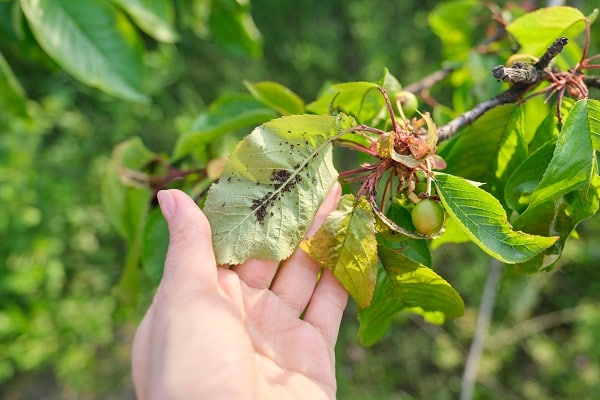
When it comes to tree infestations, a few culprits are usually to blame. Insects such as aphids, beetles, and caterpillars are notorious for wreaking havoc on tree health. These pests can suck the sap out of leaves, leading to discoloration and premature leaf drop. Fungi, like powdery mildew and root rot, are also common invaders that can compromise the structural integrity of the tree.
Knowing the common pests that target trees is the first step in effective prevention and treatment. Rodents like squirrels and rats might seem harmless, but they can cause significant damage by gnawing on bark and roots. Understanding the types of pests that commonly infest trees provides a foundation for recognizing the signs of an infestation. This knowledge equips you to take timely action, whether that means applying a pesticide or consulting a professional.
Physical Changes – The First Red Flags
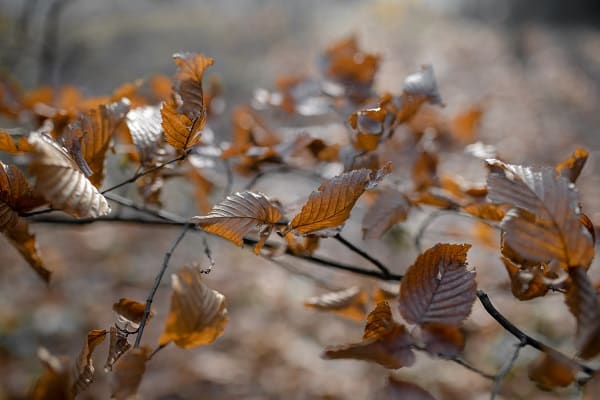
One of the earliest signs of a tree infestation is a noticeable change in the tree’s physical appearance. Leaves may start to discolor, appearing yellow or brown instead of a healthy green. This discoloration can be a direct result of pests sucking out nutrients or an indication of a disease that the pests have introduced. Additionally, you might notice leaves dropping from the tree prematurely, which is another red flag that should not be ignored.
Sometimes, the signs are even more overt, like unusual growths on the leaves or branches, commonly known as galls. These are often induced by insects laying eggs on the tree, leading to abnormal tissue growth. While these physical changes are often the first indicators of an infestation, they are not the only signs. Some symptoms are more subtle and require a closer look, especially those that occur below the ground.
Unseen Culprits – Signs Below The Ground
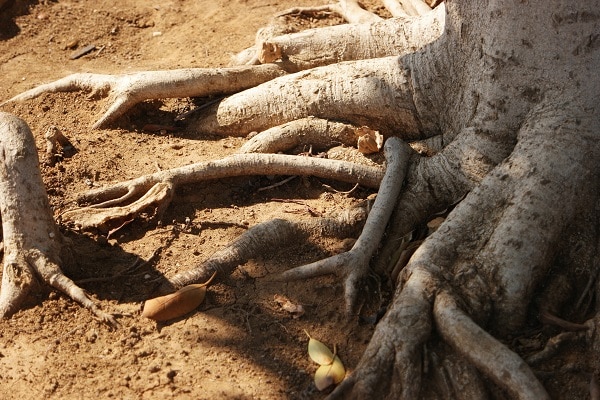
While it’s easier to spot changes in leaves and branches, signs of an infestation can also manifest below the ground. Root decay is a serious issue that can destabilize the entire tree, making it susceptible to falling during storms. Fungal growth around the base of the tree is another sign that something is amiss. These fungi often thrive in the decaying material, further accelerating the degradation process.
Loose soil or upheaval around the tree’s base can also indicate a problem. This is often a sign that rodents or other burrowing animals have made their home near the roots, which can lead to root damage and instability. While these below-ground signs may require a bit more effort to detect, they are crucial for a comprehensive understanding of your tree’s health. But don’t stop there; the tree’s bark can also offer valuable clues about its well-being.
Bark And Trunk – The Tree’s Armor
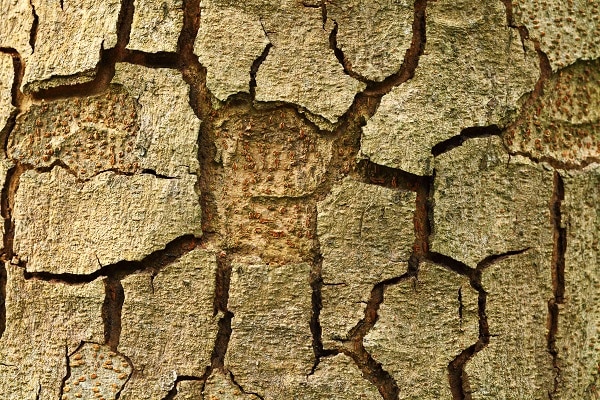
The bark serves as a tree’s protective shield, and any changes in its condition can be a significant indicator of an underlying issue. Cracks or splits in the bark are not just cosmetic issues; they can be entry points for pests and diseases. Peeling bark is another sign that should raise concern. It often indicates that the tree is losing its ability to protect itself, making it more susceptible to infestations and diseases.
Another clue that your tree might be infested is the presence of sawdust or resin around the trunk. This is often a sign that wood-boring insects like beetles are at work. These pests can tunnel through the wood, weakening the tree’s structure and making it more vulnerable to other issues. While the condition of the bark can reveal a lot about a tree’s health, it’s also essential to pay attention to the smaller, living parts of the tree, such as its foliage and branches.
Foliage And Branches – The Tree’s Limbs
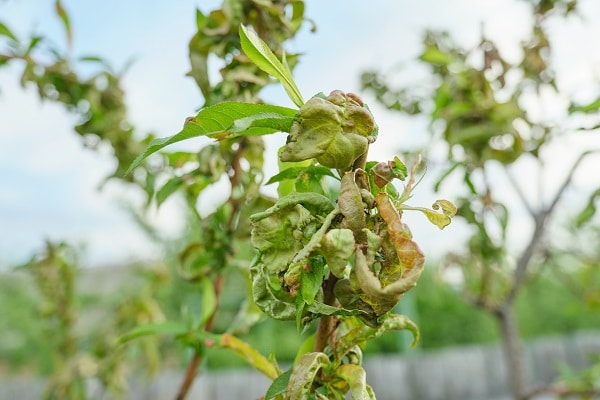
When examining a tree for signs of infestation, don’t overlook the foliage and branches. Wilted or curled leaves can be a sign of insufficient water, but they can also indicate that something is draining the life out of your tree. Dead branches or those that drop unexpectedly are another red flag. These could be the result of a pest weakening the tree’s structure, making it unable to support its own weight.
Holes or chew marks on the leaves are usually a clear sign of insect activity. Caterpillars, beetles, and other leaf-chewing insects can quickly defoliate a tree if left unchecked. This not only affects the tree’s appearance but also its ability to photosynthesize, which is essential for its survival. Observing the foliage and branches is crucial, but sometimes, the signs of an infestation are neither seen nor felt—they are heard or smelled.
Sounds And Smells – The Less Obvious Signs

While visual cues are often the first things you’ll notice, your other senses can also help in detecting a tree infestation. Scratching or rustling sounds coming from the tree could indicate the presence of rodents or larger insects making their home in the bark or branches. Similarly, the buzzing or humming of insects like bees or wasps can signal a potential infestation that requires immediate attention.
Unpleasant or unusual odors emanating from the tree can also be a sign of trouble. The smell could be due to rotting wood, which is often a result of a fungal infection. In some cases, the odor could be a pheromone emitted by certain pests to attract others of their kind. Recognizing these less obvious signs can be the key to early intervention and effective treatment. But even with these clues, it’s essential to be extra vigilant during certain times of the year.
Seasonal Patterns – When To Be Extra Vigilant
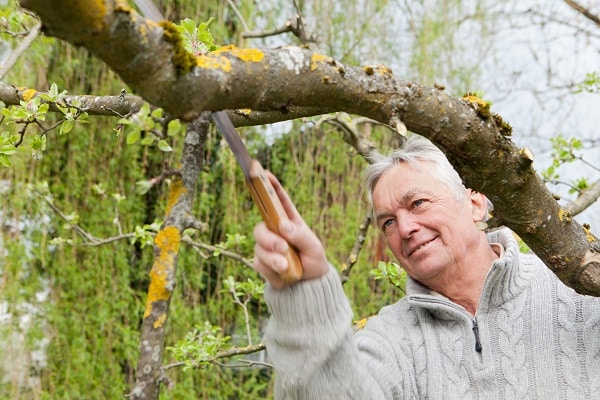
Seasonal changes can have a significant impact on tree health and the likelihood of an infestation. Spring is a time of new growth, making trees particularly attractive to pests. The fresh, young leaves are easier for insects to consume, and the increased sap flow can attract a variety of pests. Therefore, spring is a time when you should be especially watchful for signs of infestation.
Summer brings increased pest activity, with warmer temperatures accelerating insect lifecycles and fungal growth. This is the season when you’re most likely to see visible damage, such as chewed leaves or fungal infections. As fall approaches, many pests prepare for winter by laying eggs or burrowing deeper into the tree. Being aware of these seasonal patterns can help you take timely preventive measures, ensuring that your trees remain healthy year-round.
Immediate Steps To Take After Detection

If you’ve observed any of the signs mentioned above, taking immediate action is crucial for the health of your tree. The first step should always be to consult a professional arborist for a thorough evaluation. They can provide expert advice on the best course of action, whether it’s pruning affected branches or applying targeted treatments. Sometimes, the issue may be severe enough to require the removal of the tree to prevent the infestation from spreading to other trees.
After consulting a professional, you may need to apply pesticides or natural remedies to treat the infestation. Always follow the guidelines provided by the arborist or the pesticide manufacturer to ensure effective treatment. Additionally, consider implementing preventive measures like regular inspections and proper tree care practices to reduce the risk of future infestations. This proactive approach can save not only your trees but also the overall health of your yard.
The Final Leaf: Protect Your Trees, Protect Your Yard
Trees are an invaluable part of any yard, providing not just aesthetic value but also environmental benefits. However, they are susceptible to various pests and diseases that can compromise their health and, by extension, the beauty and safety of your outdoor space. Early detection is the key to effective treatment and long-term tree health. By being vigilant and knowing what signs to look for, you can take timely action to address any issues. Consult professionals when in doubt, and remember, a healthy tree is a sign of a healthy yard!



